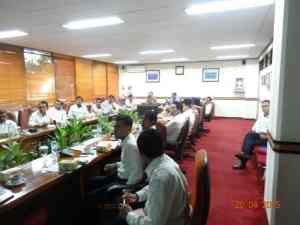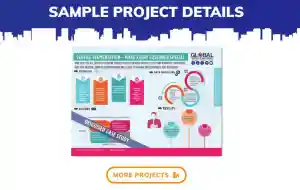GET RAPID, MEASURABLE, AND, PERSONAL BEST RESULTS

SUPPLY CHAIN MASTERY - WHAT, WHY AND HOW?
Why does it take supply chain mastery to successfully create results in business transformations?
The answer is very simple – without supply chain mastery everything you do in business transformation entails making promises dreamed up by your marketing gurus. To fulfill those promises in reality, you will need supply chain mastery. Otherwise, your promises might remain just empty boasts.
So, what is supply chain mastery, and how can you measure degrees of mastery? Read on to know more because one day this knowledge may save your project, your company, or indeed your career.
There are five components of supply chain mastery, and seven levels of mastery.
We will talk about the seven levels of mastery first. You can click here if you are eager to jump ahead and read about what is supply chain mastery.
When discussing the responsibilities of a transformative CEO, Indra Nooyi – the CEO and Chairman of $66 Billion Pepsico said:
“The one thing I have learned as a CEO is that leadership at various levels is vastly different. When I was leading a function or a business, there were certain demands and requirements to be a leader. As you move up the organization, the requirements for leading that organization don’t grow vertically; they grow exponentially,” Nooyi explained. “When I was president of the company, I said, ‘Okay, I can do this–piece of cake.’ Then when you are the CEO, the responsibilities multiply enormously because you worry about everything.”
In a different way – more in terms of capabilities than in terms of responsibilities – this is true of supply chain transformation experts too.
The famous concept called the “10,000-hour rule” popularized by Malcolm Gladwell is relevant here.
In a nutshell, Gladwell’s core argument in his book Outliers is this: it takes about ten thousand hours of practice to achieve mastery in a field. This concept applies predominantly to “cognitively demanding” activities or fields, such as playing chess, composing music or transforming a business for that matter.
So, if 10,000 hours of practice is required for mastery and there are 5 components to master, does it mean that it will need 50,000 hours of practice to become a supply chain master.
Sadly, that is impossible, because it is longer than a single lifetime. Moreover technology changes will render prior knowledge redundant in about 10 years of time.
What is the solution to the conundrum in this case?
In our experience from more than 500 relevant projects, you need level 7 mastery in one core component (strategic mastery), and any two more components of supply chain mastery.
For the remaining two components you do need some exposure (or level 4-5 mastery) which can be achieved rapidly.
Seven Levels Of Supply Chain Mastery
Levels of mastery are difficult to define. In reality, it is not just about the number of years, or number of hours of experience.
What matters more is – what you do within those hours. That is the reason why one year of top-tier consulting experience is considered equivalent to 5 years of corporate experience in some expert circles. Leaving that controversial discussion to those expert circles, let’s look at the seven levels of supply chain mastery:
Whenever you are trying to judge someone’s level of mastery in supply chain, or any other field – try and peg them on this ladder. You will find that majority of the people in any field quickly get to third, fourth or fifth rung, but only a rare few get past that level.
- The first level describes someone who does know enough to ask any question. In your situation, he or she may not even believe transformation is necessary, or feasible.
- Here, people start to notice a few odd things and ask some related questions about why things are not better.
- At the third level, people show more concern for business outcomes, and ask a lot of questions, be they relevant or not.
- Then at the next stage, mostly the right questions are asked. In other words, people can intuitively sense where the pain is.
- Sophistication increases as people can confirm the pain’s location, or pinpoint the bottleneck that has been hindering transformation.
- They know how to get to it, to the root of the problems. Or they know where to get the answers to the questions they have.
- After a painstaking discovery, people with the most sophistication know exactly what to do with their findings to improve the situation.
Many businesses pick their masters who are only at level 4 or 5 of the sophistication ladder.
What would expect in those cases?
Depending on the energy level, you will see a lot of activity. The results is, however, not usually commensurate with activity.
The missing pieces – knowing how to get the answers, and how to apply them make a big difference.
Level-7 people are the people that can turn around situations rapidly and there may be no more than 50 on earth.
At this point, you may wonder, “How do I figure out which level people are at?” considering the countless cases where businesses are misled.
The answer is to climb up the ladder of sophistication yourself, not necessarily to the top, but to at least the mid-point, where you can discern between people who have real clues about what is going on and those who appear confident but are actually clueless.
Five Components Of Supply Chain Mastery
Why Is This Allowed To Happen?
Let me illustrate the concept of supply chain mastery by recounting a case study of one of the most complex projects we were asked to undertake – for global manufacturing footprint optimisation.
There I was, ploughing through lists and lists of the plants, the products, the distribution locations, the customers and the services of this fast-moving-consumer-goods company. Impressive they were, but also painfully complex.
A complexity that had accumulated gradually in bits and pieces over a number of years, nay, decades. I was working on a client’s business transformation project, a while ago and the experience encapsulated, for me, perfectly just how arduous the process can be.
The company had multiple plants around the planet, some employing up to 3,000 people. At some places, even the entire local economy was dependent on the plant. In aggregate, these plants were producing more than 10,000 products, serving customers in more than 100 countries globally.
The biggest thorn in the bushes was the current low utilization rate of these erstwhile manufacturing powerhouses. And this thorn had been there long enough to turn a minor scratch into a major hemorrhage, which was now quite visible in the press in terms of low profitability and falling share price.
The company’s current CEO and his executive team believed that the time was just right for a major makeover.
The previous management team had earned disrepute in press, and had left under a cloud due to their tendency to sweep the dirt under the carpet.
The entire manufacturing footprint had to be upgraded from the regional network to an integrated global network. Stakes were high; morale, understandably, not as high yet.
“Two things will never change: the will to change and the fear of change.” It is not hard to see why the older and more established you are, the harder it is to change. For some, even the word transformation is heavy to swallow.
Yet in nature, caterpillars regularly undergo the metamorphosis to become butterflies.
Sweet fruits of transformation they are, but who says it is going to be easy? Especially for businesses, transformation is a coordinated effort across different organs, each of which is like a living ecosystem itself.
We were able to restructure the entire global supply network, expand high performing manufacturing plants, close redundant plants and add a nearly twenty-fold value above the project costs.
Figure 1 - Components of Supply Chain Mastery
We were able to create the outstanding results by modularizing the entire business transformation project into these five critical components: physical (infrastructure), informational (system), process / service, financial, and strategic.
We believe that figure 1 is also an excellent way to look at the concept of supply chain mastery in detail. Here are these five components:
Let me illustrate the concept of supply chain mastery by recounting a case study of one of the most complex projects we were asked to undertake – for global manufacturing footprint optimisation.
There I was, ploughing through lists and lists of the plants, the products, the distribution locations, the customers and the services of this fast-moving-consumer-goods company. Impressive they were, but also painfully complex.
A complexity that had accumulated gradually in bits and pieces over a number of years, nay, decades. I was working on a client’s business transformation project, a while ago and the experience encapsulated, for me, perfectly just how arduous the process can be.
The company had multiple plants around the planet, some employing up to 3,000 people. At some places, even the entire local economy was dependent on the plant. In aggregate, these plants were producing more than 10,000 products, serving customers in more than 100 countries globally.
The biggest thorn in the bushes was the current low utilization rate of these erstwhile manufacturing powerhouses. And this thorn had been there long enough to turn a minor scratch into a major hemorrhage, which was now quite visible in the press in terms of low profitability and falling share price.
The company’s current CEO and his executive team believed that the time was just right for a major makeover.
The previous management team had earned disrepute in press, and had left under a cloud due to their tendency to sweep the dirt under the carpet.
The entire manufacturing footprint had to be upgraded from the regional network to an integrated global network. Stakes were high; morale, understandably, not as high yet.
“Two things will never change: the will to change and the fear of change.” It is not hard to see why the older and more established you are, the harder it is to change. For some, even the word transformation is heavy to swallow.
Yet in nature, caterpillars regularly undergo the metamorphosis to become butterflies.
Sweet fruits of transformation they are, but who says it is going to be easy? Especially for businesses, transformation is a coordinated effort across different organs, each of which is like a living ecosystem itself.
We were able to restructure the entire global supply network, expand high performing manufacturing plants, close redundant plants and add a nearly twenty-fold value above the project costs.
1. The Strategic Component And The Overall Vision
The strategic element, the most important part of the supply chain mastery, is the glue binding all other components together. It dictates how the physical, the informational, the process and service, and the monetary components of the transformation project fit together.
This strategic component may be different or similar to the original corporate strategy. After all, not everyone knows right from the start they are going to walk a different path sometime in the future. Some elements may be merged or weaved in together, or some be taken out and replaced completely.
Even today, there are not many people on earth who can combine all the elements of the supply chain to create a holistic model, while at the same time, envision a series of potential models that would work better in future, in order to create a transformational program.
Some of the questions to consider in devising an overall strategy include:
- What is driving the need for change, and what is the vision for a changed organization?
- Within the new vision, what are the trade-offs – between costs and service levels, between various drivers of costs and between customers preferences and how to make those trade-offs profitably?
- What are the key leverage points – how can you get the best transformative results in the shortest period of time?
- What will the new business model look like? How can you define this model in great deal of detail so that implementation teams have a sense of direction, yet have ownership and flexibility to adapt?
- How will you reward each and every player for their contribution to the business transformation?
- How will you structure the contractual relationships in the new world?
- How will you prevent intellectual property thefts in the business network?
In the transformation project we were working on, obviously, the big strategic question to ask was which plant to expand, and which ones to close? As you can imagine, there were massive conflicts of interests between different plant managers, who all held their factories as most important.
At some places, for the first time, workers and their managers seemed to be sympathetic with each other and became united for a single cause: making their case for the plant to stay.
As much as top-level management was tempted to make decisions based mainly on emotions (mainly from seeing which plea was the most heart-wrenching), the team created a highly sophisticated analytical model that gave them a rational basis for the decisions.
To help the senior executives see things clearly, the team built a manufacturing footprint optimization model, based on the fast-based knowledge of cost base, skills/capability/competence base, and asset base in each of the plants spreading across 5 continents.
In other words, we helped the executives to take a step back from all the emotion and information overload, so they could really take a strategic perspective and consider what was in the overall best interest of the company.
By definition, this strategic model, and its outcomes, had to be tested and defended on several fronts for it to become a viable basis for making decisions.
The final strategy is always an artful combination of both logic as in what works and will work; and of compassion as in how to minimize any negative repercussions.
2. The Physical Component
If the strategic component is complex because it is amorphous, undefined and ambiguous, then the physical component of large scale business transformations is complex for exactly the opposite reason. It is far too specific, detailed, wide-spread and requires a thorough, in-depth examination of facts.
After taking the overall view from top, you need to get down to earth and do a lot of ground work. That is to understand the full length and breadth of the entire business network in concrete terms.
There are millions of moving paths in every business network: suppliers, customers, factories, contractual arrangements, products, SKUs, warehousing locations, transportation companies, vendors, ships, aircrafts, regulatory authorities, legal structures and so on. Without this detailed knowledge of your specific infrastructure, transformation stands as a groundless concept.
Ask yourself, for instance, how many products does your company make? Then how many factories does it take to manufacture those products, or how many service providers and partners does it take to deliver services to your end-customers? How many machines are there in each plant? How many pieces of equipment are there in each location?
Then on top of that, you need to know the underlying complexity stemming from each piece of infrastructure, such as how this component links to another, how a malfunction in one area can cause bottlenecks, the maintenance/renewal schedules, the costs, the regulatory changes etc.
The list can go on like a seemingly infinite scroll lining the path from your desk out to the open streets. Just because you cannot see what is outside the walls of your office, it does not mean the interplay of factors out there can be underestimated.
To give you a small example of the complexity, imagine the container stowage plan for a large container vessel. Reefer containers can only be stowed in certain slots where reefer power connection is available,
open top and hi-cube containers can only be stowed on deck and in the top layer, if the cargo must be stowed under deck then the options are further limited and if there are any dangerous goods in a container, then a whole new set of very complex segregation requirements come into play. Combine these with the loading and discharging schedule at dozens of ports and the picture starts getting fairly complex.
For the case study mentioned at the start of this page, the physical component was apparently vital. Not only did it require understanding all of the plants and their machineries, the onus was on the transformation team to reconfigure each factory in its future state, envisioning a fully operational supply chain.
In this case, each plant had a different manufacturing capability, machinery, level of the work force’s skill base, and even manufacturing quality level.
As it turned out, the easy part was actually moving machinery from one plant to another. The hard part was dealing with the aftermath of the business transformation, such as land clearance, and fine-tuning new factories so that machines could run and be run happily.
Disposal of excess machinery is always another important consideration because you do not want to create competitors where none exist. Disposal of excess land has different considerations – including rezoning, remediation, valuation, taxation and realizing greatest good, among others.
Another client of ours routinely asked us to study the strategic impact of any proposed new plants (or closures) in the company because they derived significant monetary benefit from our strategic perspective every time.
For one product family, they had a very long established common understanding within their business that they always established their factories close to the end customer.
In a supply chain, obviously you have the option to set up your factory close to the raw material source, close to the end consumer or somewhere in the middle. Such a decision depends on a multitude of factors; however, transportation and logistics cost is generally one of them.
In this particular client’s case, the material was gas which had to be transported in a very low-temperature and high-pressure environment in specialized ships; while the finished product was a very low-density product, almost like cotton, which would fill up a ship very easily without weighing it down much.
As a result, they would be transporting a lot of air if we were shipping final products. And that was the origin of the established orthodoxy in this business: to always set up their factories and plants close to the final point of consumption, so that they did not have to transport very light items over enormous distances. When they were about to set up a new plant, they asked us to do an end-to-end supply chain study.
In this case the study also included competitor analysis to optimize their supply chain for the entire continent. We were able to confirm during the analysis, their established orthodoxy about factory location no longer held true.
In fact, the relative shipping markets for gas carriers and final product carriers had changed quite significantly. Gas carriers had become scarce and expensive and the trend was going to worsen in the future.
On the other hand, due to a particular quirk of the shipping market, tween-deck vessels for the end products were becoming cheaper. This trend was expected to continue for the life of the project. Certainly, now it made a lot more economic sense to establish a factory close to the raw material source, and ship the end products from that factory to wherever the consumption was. Obviously, this stood against the well-accepted belief, hence, the senior executives as well as the board were not at ease.
A huge amount of questioning ensued during the discussion. Eventually, we were able to prove that the world had indeed changed a few years ago due to the certain events in the ever-evolving markets for physical shipping assets. Finally, our client decided to set up their factory not close to the end customer, but close to the source of raw material, saving an enormous amount of logistics and shipping cost in the process.
That is why I would enjoin my readers to consider that sometimes, when everybody is thinking the same, maybe nobody is doing any thinking at all.
Especially for the physical component, which entails examining an enormous range of very specific hard facts related to complex factors, it is easy to fall into this responsibility diffusion trap, and groupthink.
Generally speaking what you do not know is not as dangerous to business transformation as what you think you know, but actually do not.
3. The Informational Component
Modern supply chains collect information at each node of the network. This rich data is methodically analyzed to optimize demand, supply, inventory, costs and service levels to create the best profit results. Not many people know this art – while there might be many pretenders.
The next component in business transformations is the informational part of the business network, which is strongly bounded by its IT systems. A word of caution, though, IT should always be viewed as a means to an end rather than the end in itself. In other words, systems are implemented to facilitate information exchange that is conducive to business transformation.
In the project we were working on, the challenge was indeed, moving the system from the regional to the global structure. Apart from having islands of data to consolidate, the company also found themselves dissatisfied with a system that met only 70% of its needs.
Even though you may be tempted by flexibility as it offers more room for maneuver in the future, every additional bit of flexibility breeds corresponding complexity.
To some extent, if a supply chain forms the backbone of your business, then IT is like the nervous system that helps circulate pulses of information and intelligence around the body.
To get a more realistic picture of the complexity, type “supply chain software” into Google and you will get more than 75 million results. How do you know which one is the right one? Though many of them will pretend that they can, there is not a single piece of software that can do everything that you require from a supply chain software solution.
Plethora of tools are available – each with its own peculiarities and limitations. Old ERP type systems can lead your operations into a big hole from which it will take years to emerge. Furthermore, each tool is most suitable for certain situations, and unsuitable for other situations. You need the ability get the right tools – just the ones that suit your situation – and combine them well.
Even though IT is not a solution to every problem, it should not be allowed to create even more problems than those that exist in the first place.
How do you choose the right software for, say forecasting, from among more than thousands of such systems? How do you link this system to the other systems it needs to work closely with – say inventory management software?
How do you pick the right inventory management software from among more than 2,000 systems that claim to do more or less the same thing?
Do you go for a single solution that is about 50%-60% right, at best – or do you go for a best-of-breed solution that can cover more than 85% of your need, if you do it properly? All these are very complex questions to answer. requiring mastery.
4. The Process And Service Component
Despite numerous vocal calls for enterprise-wide collaboration, people still continue to work in silos.
Figure 2: The process and service component
As you can see from Figure 2, which shows typical processes in a basic supply chain, there are four levels that need to be weaved into a cohesive whole. Typically, there can be missing links between processes – vertically, or even horizontally.
That means, someone working at the operational level may not know how their work is related to the work of someone at the tactical level.
Even worse, for instance, a delivery scheduler may not know how his work output related to that of his next cubicle neighbor – the customer forecast expert.
During a transformation, processes and services may get streamlined, re-aligned or even created from scratch to accommodate change. That is why it is pivotal to keep in mind how they all fit together by devising a visual presentation such as the pyramid diagram above.
I was having a conversation with one of the senior executives responsible for business transformation in a large-sized industrial company with operations and plants across the developed world.
This particular person had come from one of the top tier global consulting houses and obviously was very well versed in the hypothesis-driven problem-solving approach, which both he and I had learned in our formative years in top tier consulting houses.
He was adamant that this approach would be enough to carry out a large-scale supply chain transformation in his business. Hence, he was very skeptical about the supply chain methodologies that we were espousing.
In his mind, he could derive the same results from the first principles using his hypothesis-driven approach. And I was patiently explaining to him the difference between going back to the first principles to create a new approach, and deploying a tried and tested approach for supply chain transformations which had the benefit of having adapted the same hypothesis-driven approach.
So I gave him an example of the early stage motorcars where people were still using solid rubber tires and a number of fittings which were a carry-over from the days of horse buggies. Of course, if he had the luxury of time and budget to make all the mistakes there were, he could probably recreate a modern-day motorcar, going through all the stages of evolution.
He was smarter than most of the population, so he could perhaps complete the task in 20% of the time that it took for the actual evolution to take place and perhaps, at 20% of the budget.
Yet, if a modern-day motorcar was already developed, wouldn’t he be better off testing if it suited his purpose and adapting it for his use?
The role of “process” mastery in business transformation cannot be overemphasized or under-emphasized.
Obviously, on one hand, you can become too rigid and attached to the process itself.
On the other hand, robust processes, based on experience from a number of similar business transformations in the past, are far more useful than some skeptics envisage.
5. The Financial Component
If you go over the other four components again, you will see how finance is embedded in everything.
Strategically, businesses want to make profits; the key question is how to make more of it, faster and for longer term.
The physical, informational, process and service components all need money to run, and in turn are expected to produce money as an end result.
The “butterfly effect” captures the dynamics within the financial component quite nicely. When a butterfly flaps its wings here, somewhere across the ocean, a tornado is formed.
Taxation impact, inventory impact, shipping impact and impact of shortages of critical parts is rarely well thought through – in terms of the financial implications of business transformation.
The most notable example of financial mastery of supply chain is the case of Dell. No business has ever transformed its cash cycle as well as this company, even though, recently, Dell may have lost its shine due to its not-so-impressive track record in innovation.
In the PC industry when Dell first started, a cash-to-cash (C2C) cycle of 50-150 days was the norm. Within only 4 years, Dell was able to reduce it to an extraordinary level of -4 days, before further reducing it to -40 days in the subsequent 5 years. The minus sign before these numbers means Dell had been paid even before products were made.
Figure 3: Dell’s Cash-to-Cash Cycle
Thanks to such transformation, Dell was able to enjoy a healthy cash surplus while reducing cash deficit, which commanded a positive market perception.
How did Dell do it?
In a nutshell, their knowledge and use of powerful supply chains helped compress the time for different layers of processes (in Figure 3), in turn, lowering C2C cycle and increasing profitability.
Cash flow efficiency is only part of the financial component, but it gives you a rough idea of how far-reaching finance is in all parts of the business.
Therefore, it is crucial that any financial links and implications are explicitly discussed. Many companies focus too much on what they can see and not enough on what is invisible, which warrants transparency and open discussion.
What Do You Need To Master?
More you read the above section, more you will be convinced that no such experts exist. As mentioned earlier, if real mastery takes 10,000 hours of practice, then to master these five components of supply chain mastery, you will need 50,000 hours in aggregate – which is more than a life time.
The best you can hope to get is strategic component mastery, combined with mastery of any of the two additional components.
Good luck with your quest towards supply chain mastery, or to engage a supply chain master in your business transformation project.
IS SUPPLY CHAIN GOVERNANCE MORE IMPORTANT THAN CORPORATE GOVERNANCE
WHAT OTHERS ARE SAYING
Our Clients say it better than we ever could:
OUR CLIENTS
Our Clients come from a variety of industries – yet they have a common element. They rarely rest on their laurels, and are always looking to do better.
OUR PROJECTS - EFFECTIVE TRANSFORMATIONS
In the last 20 years we have completed more than 500 projects. Click below to see a sample of our projects.
OUR BOOKS
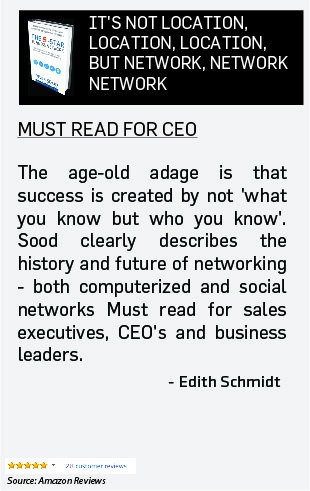
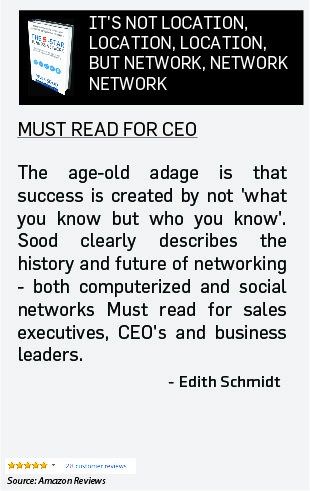
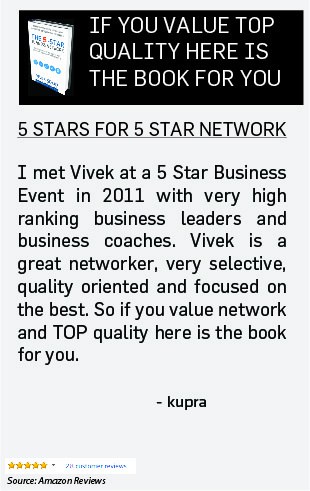
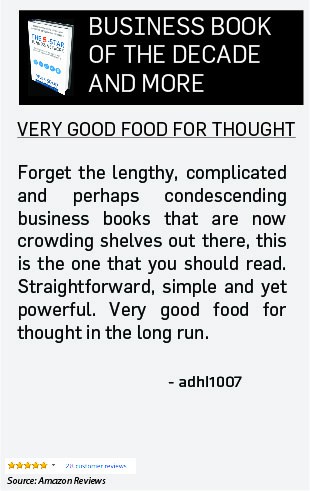
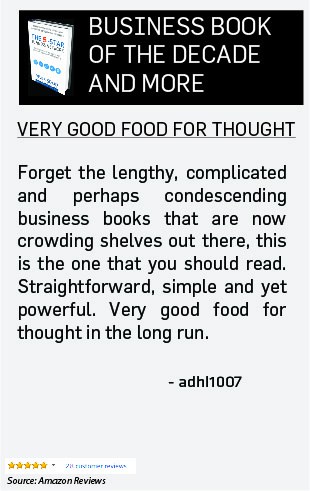
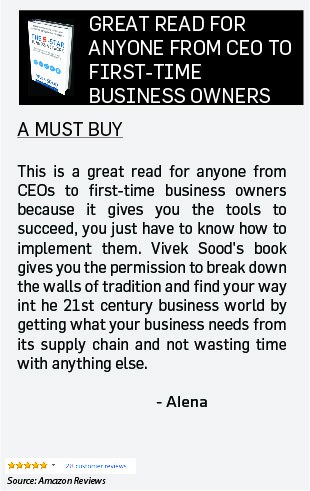
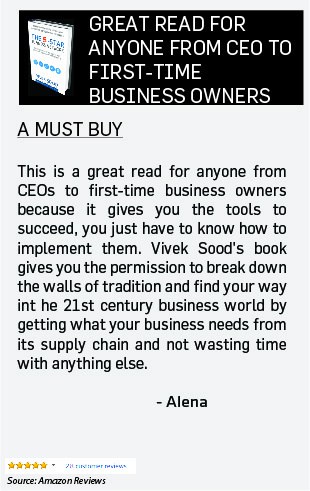
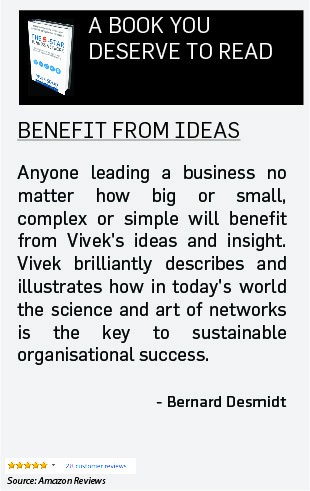
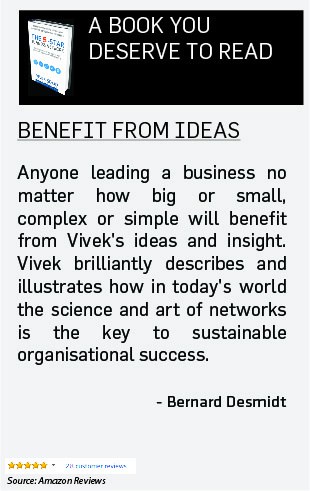


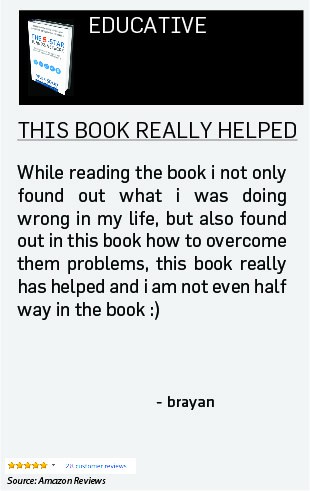
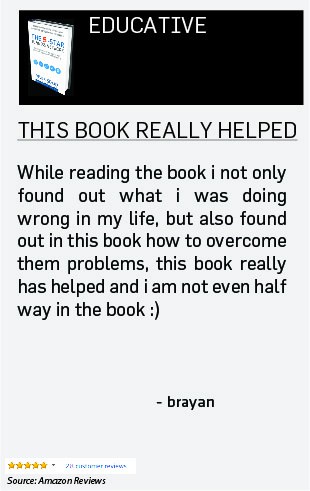
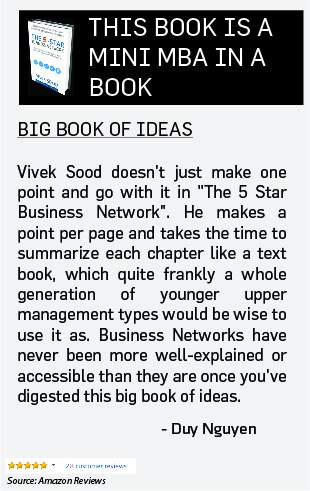
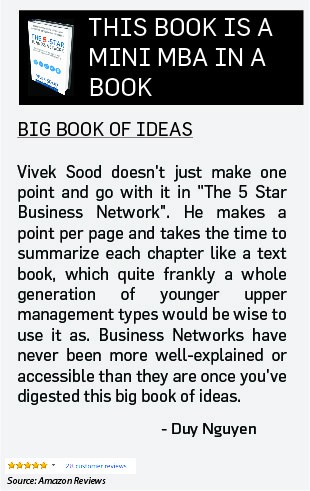
For Senior Executives and Directors
Your highest value added in your company

USE SUPPLY CHAIN FOR INNOVATION - FRAMEWORKS, CASE STUDIES AND GUIDELINES
TRENDING POSTS
For Boards and Senior Executives
Corporate Governance and Supply Chain Governance

FIDUCIARY BOARD REPORT - THE FUTURE OF BUSINESS IN THE AGE OF B2B NETWORKS
Related POSTS
TESTIMONIALS















OUR WORK
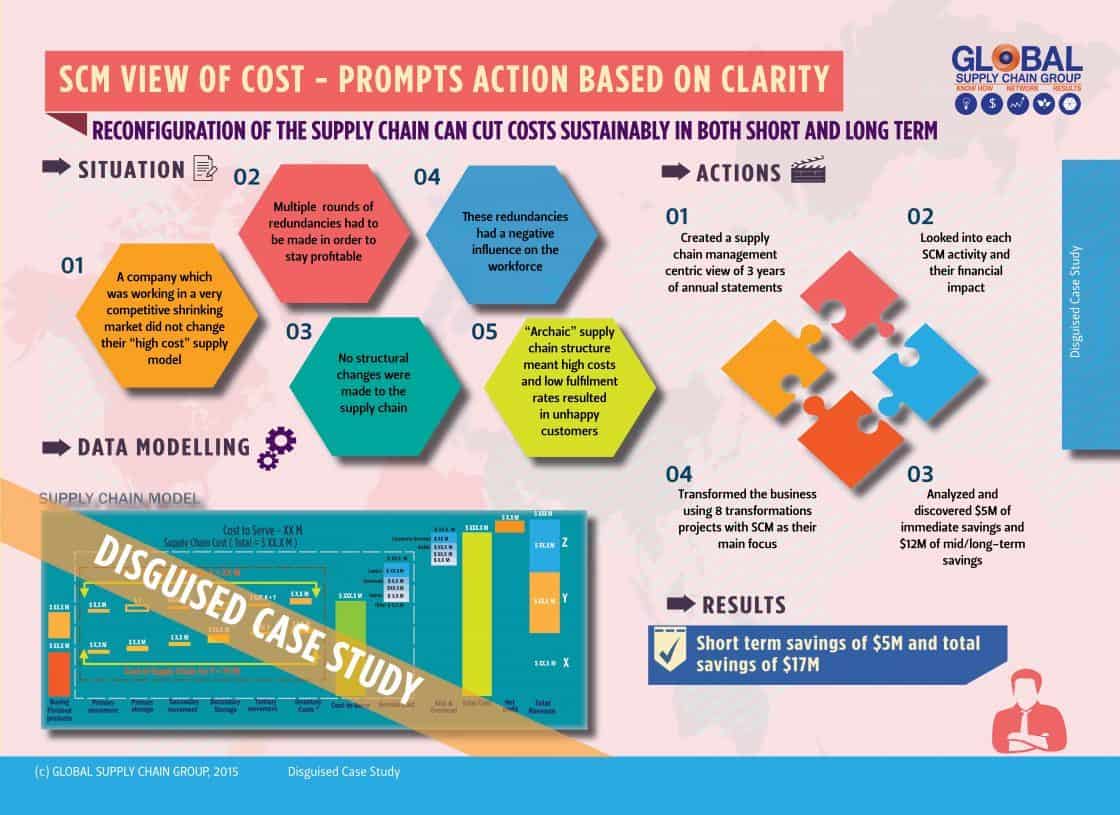
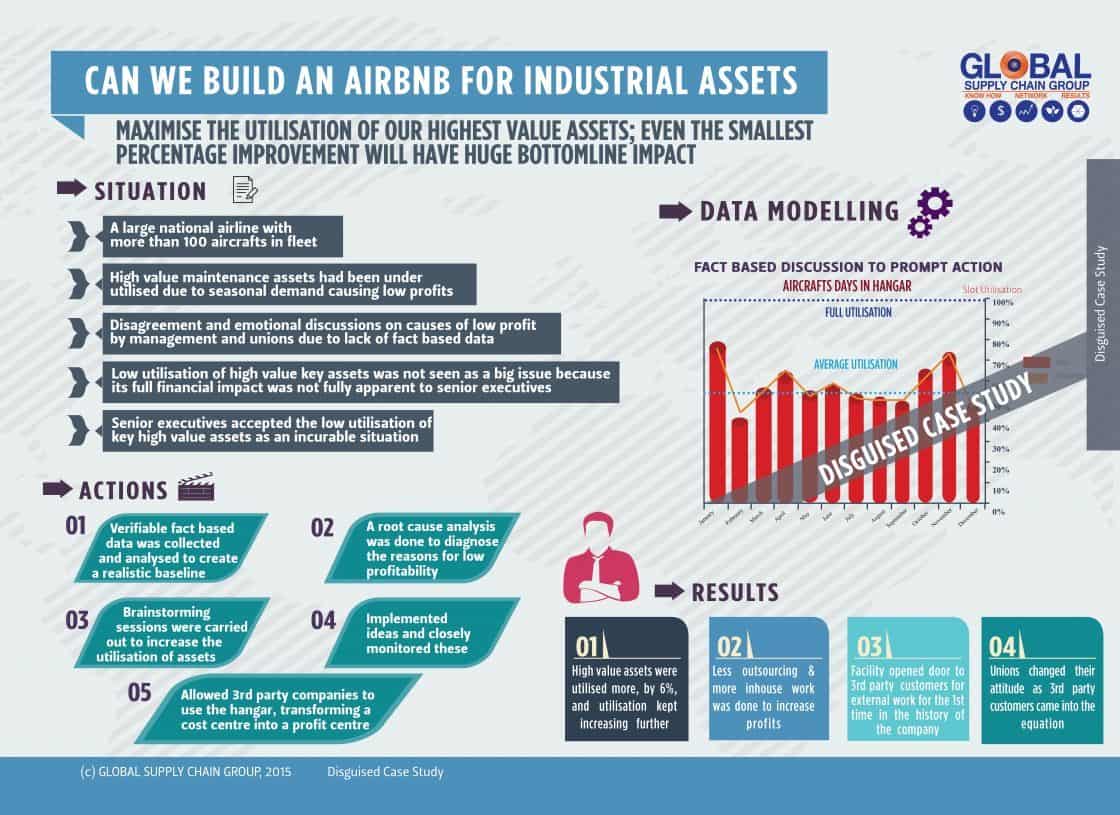
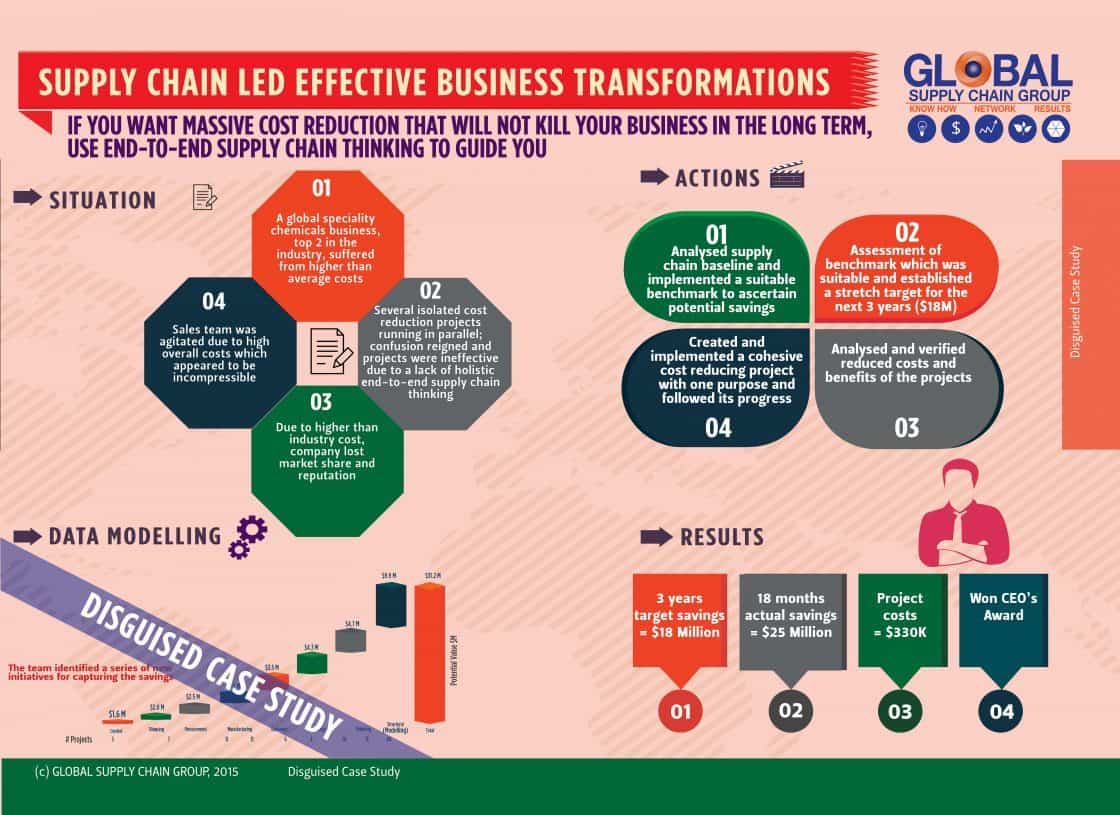
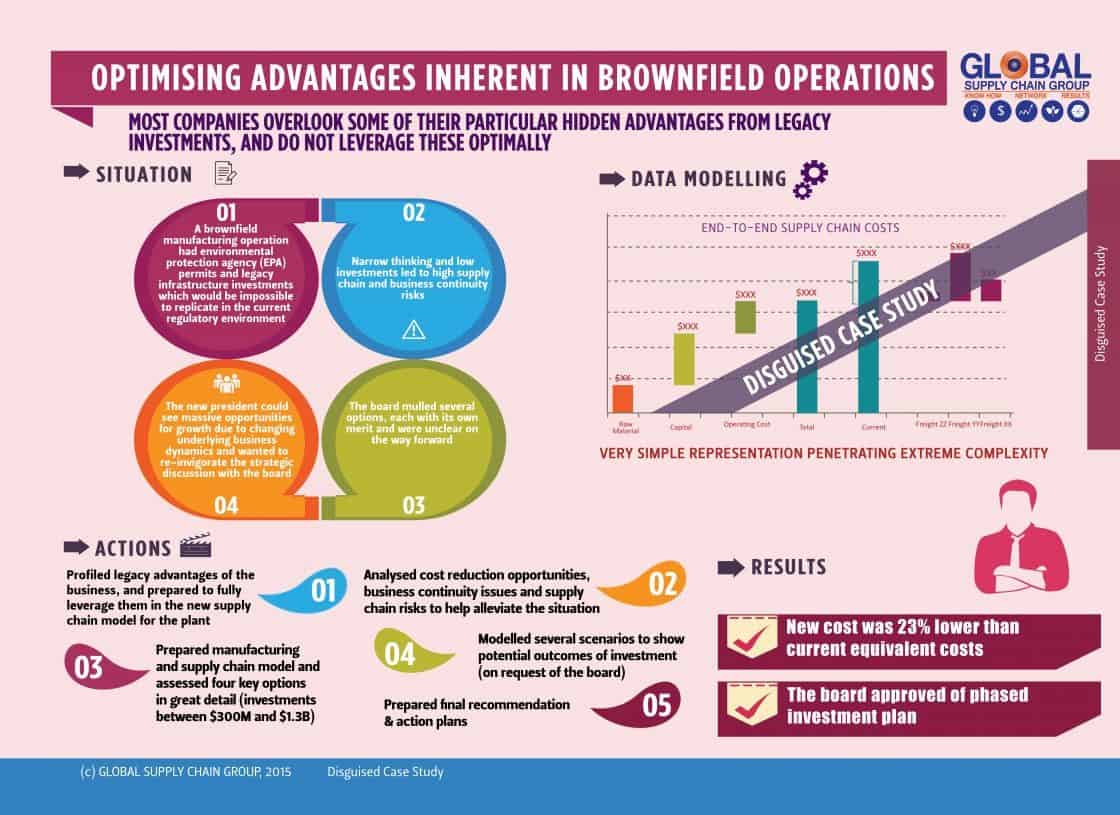
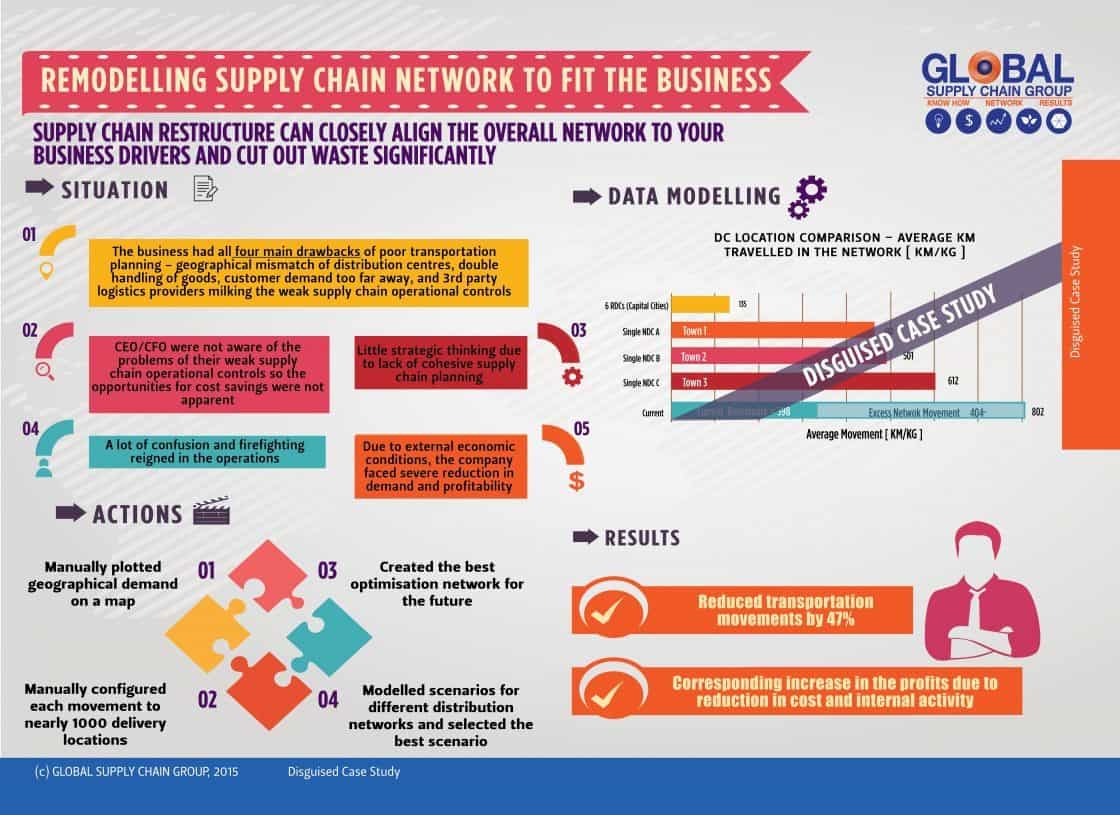
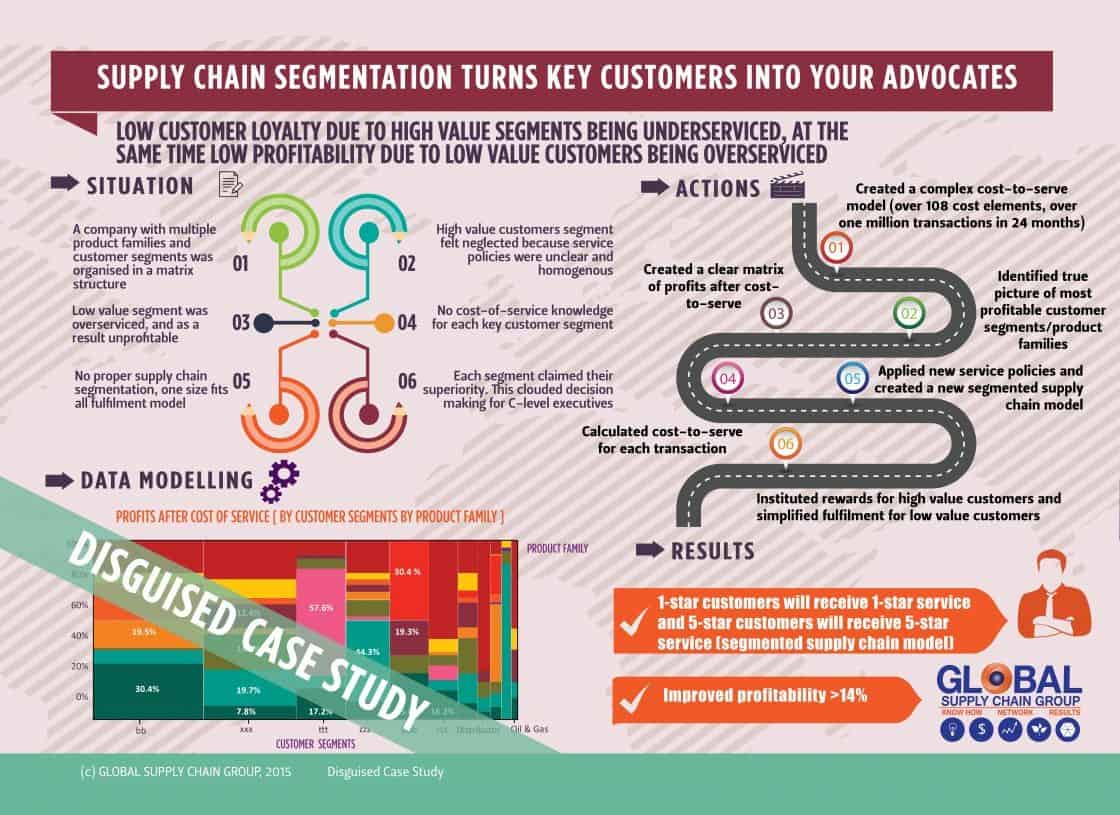
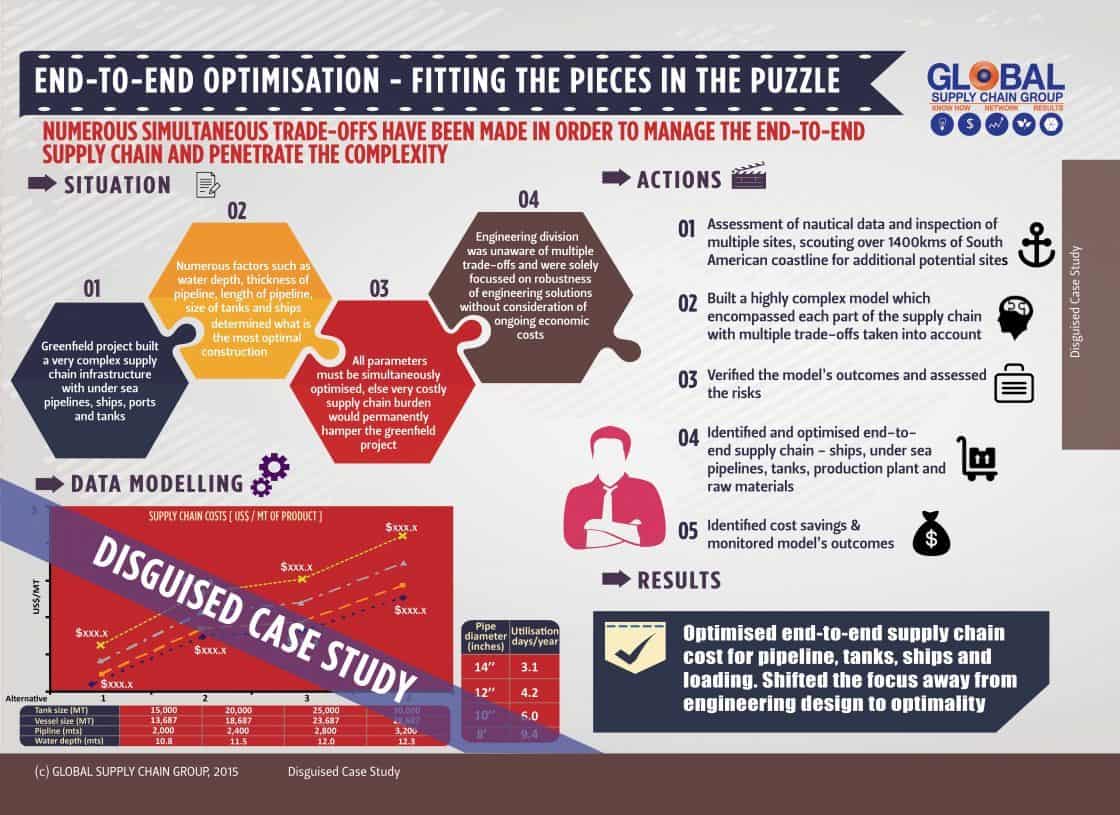
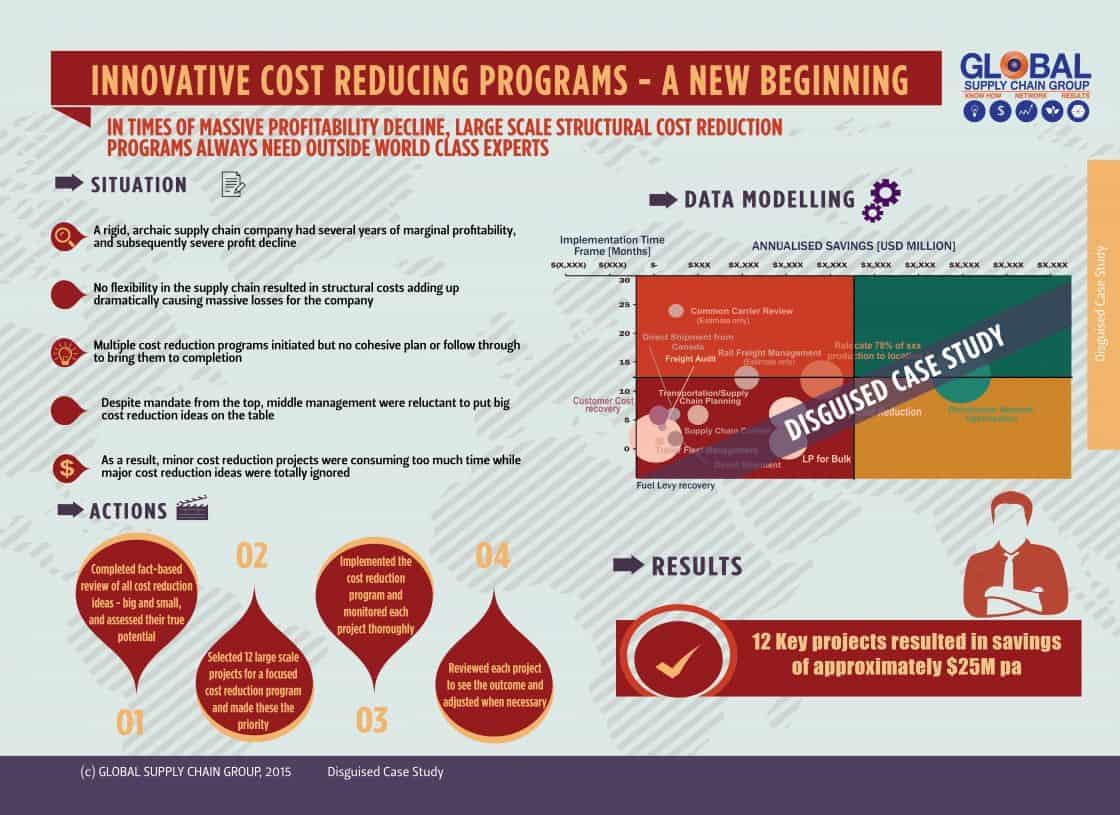
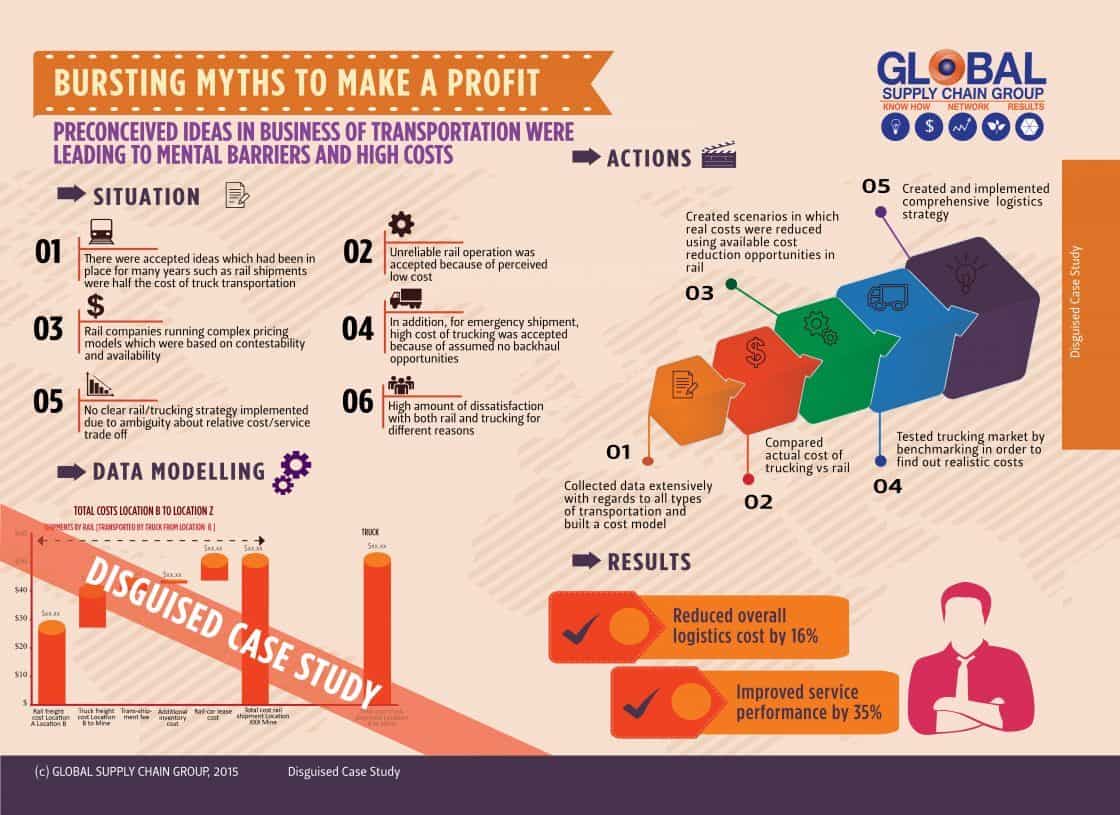
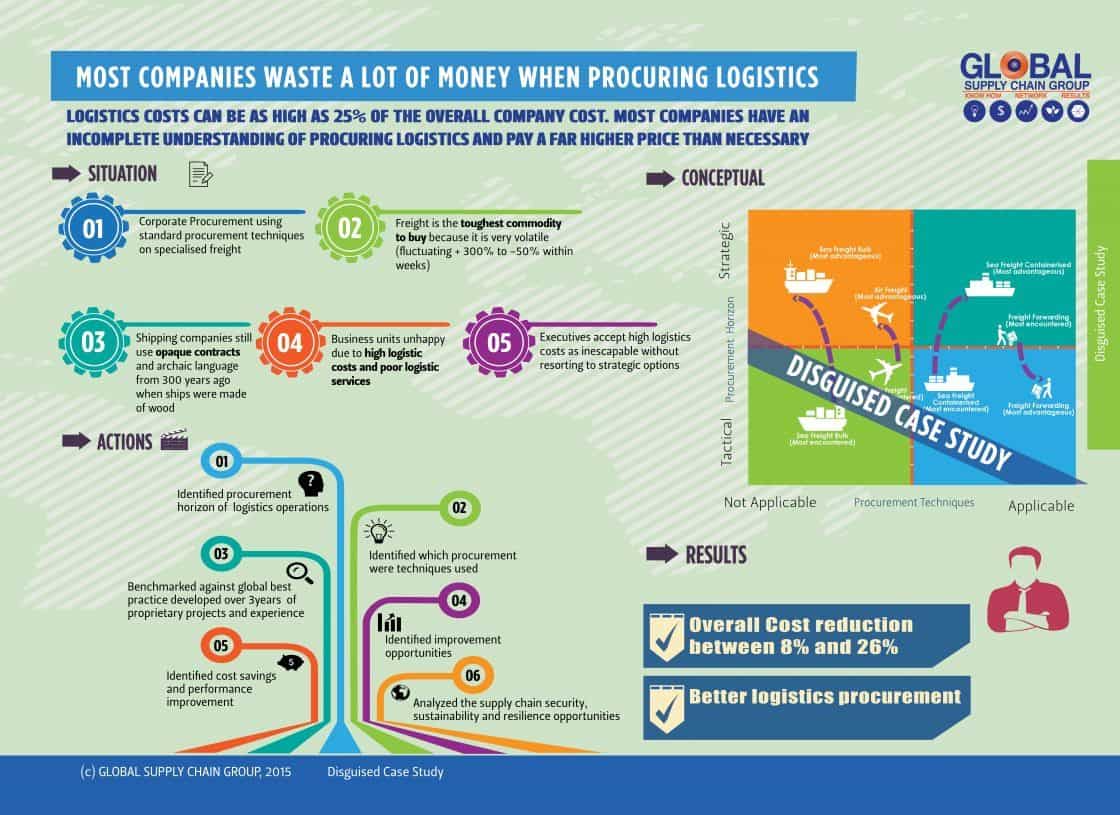
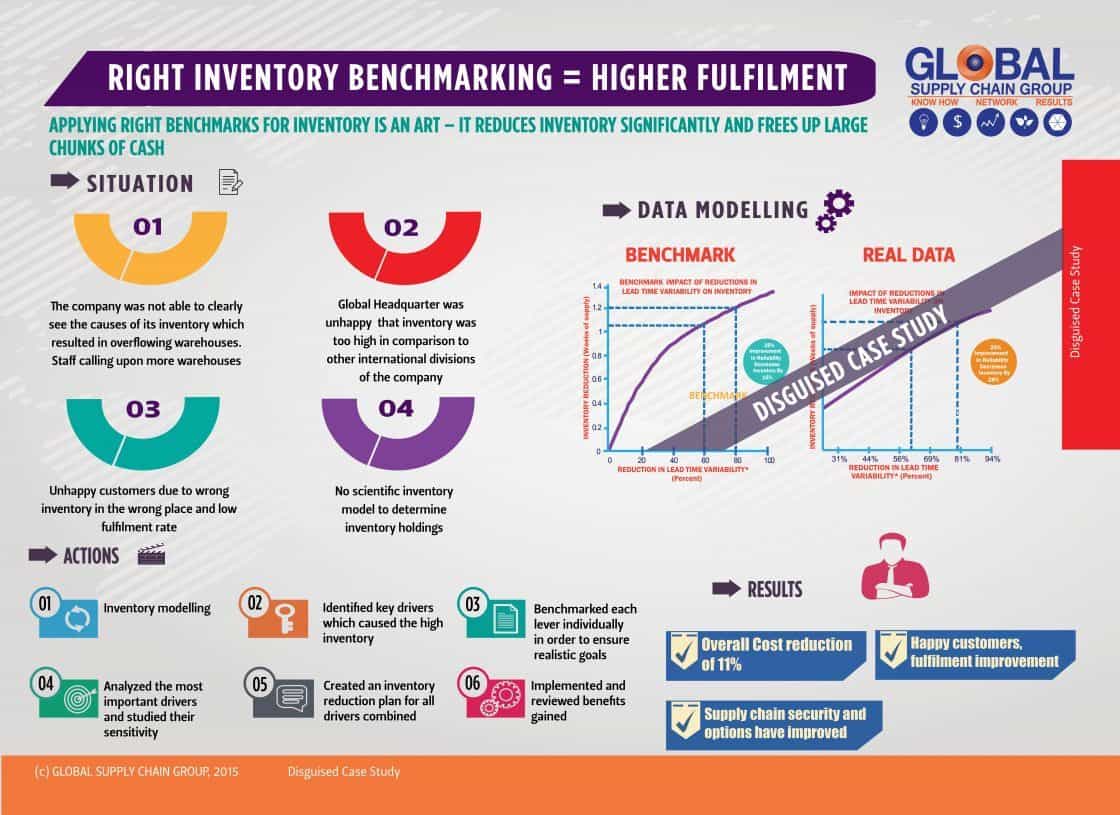
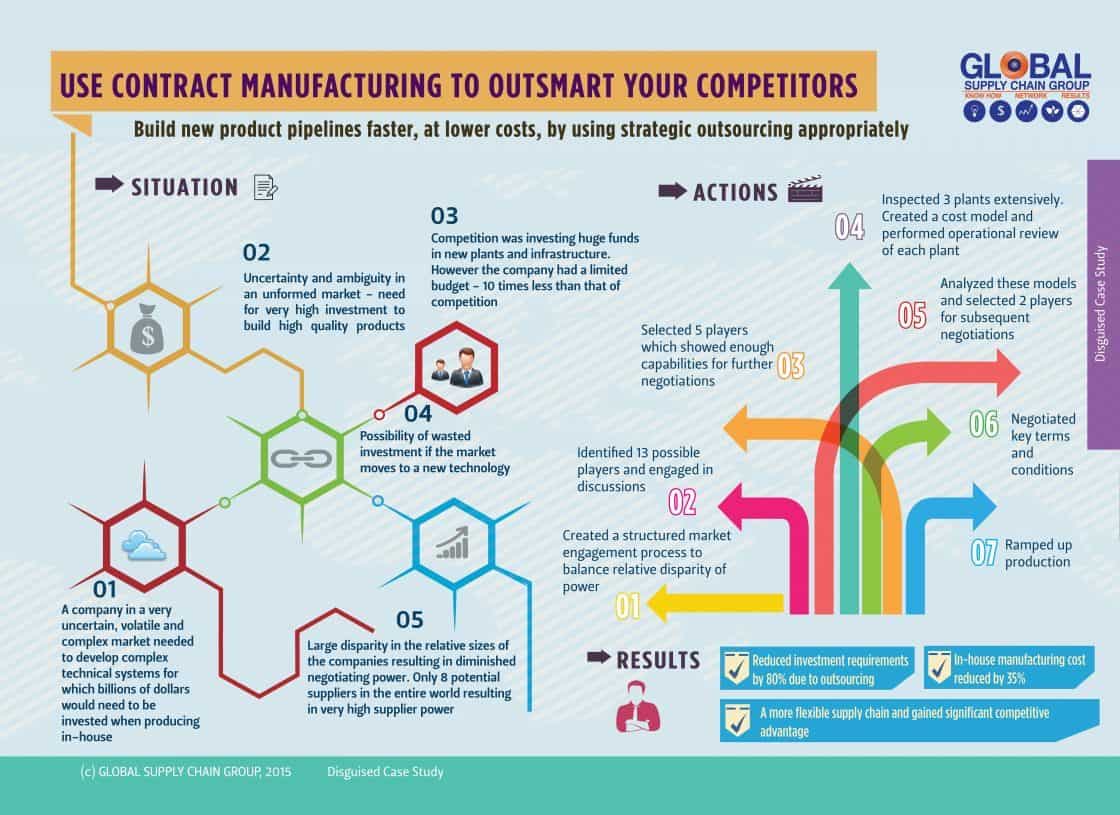
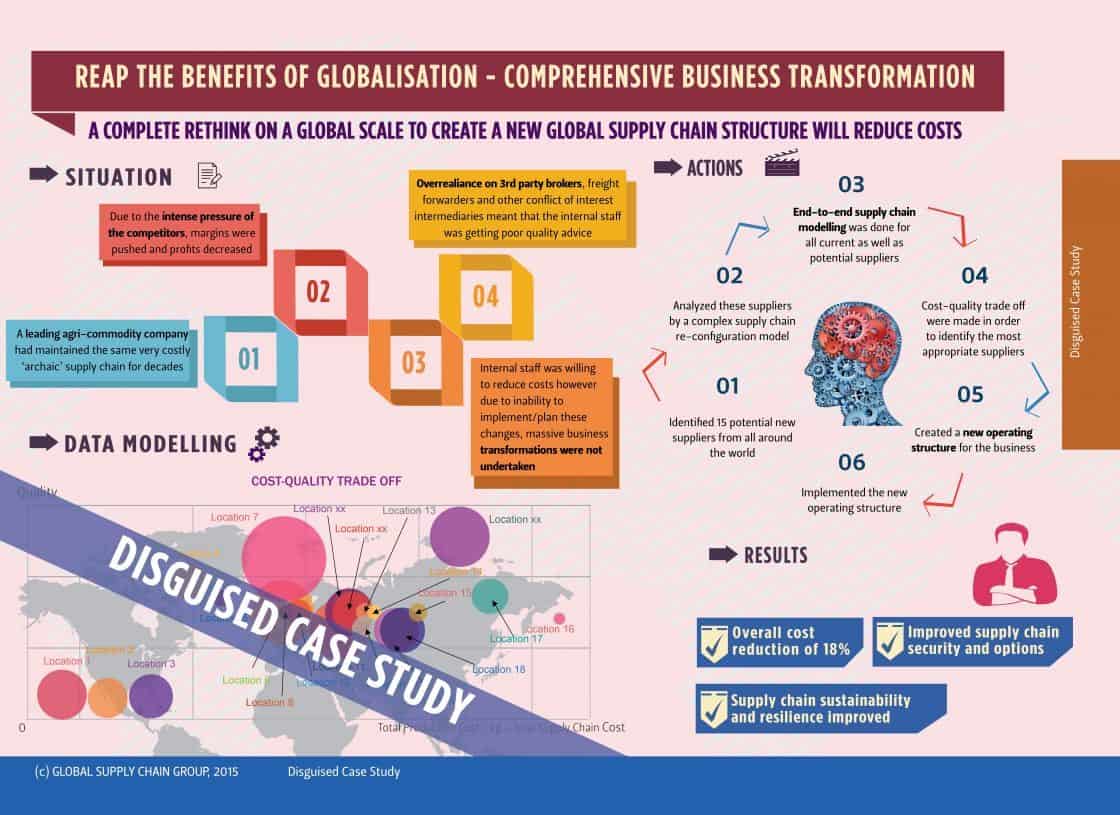
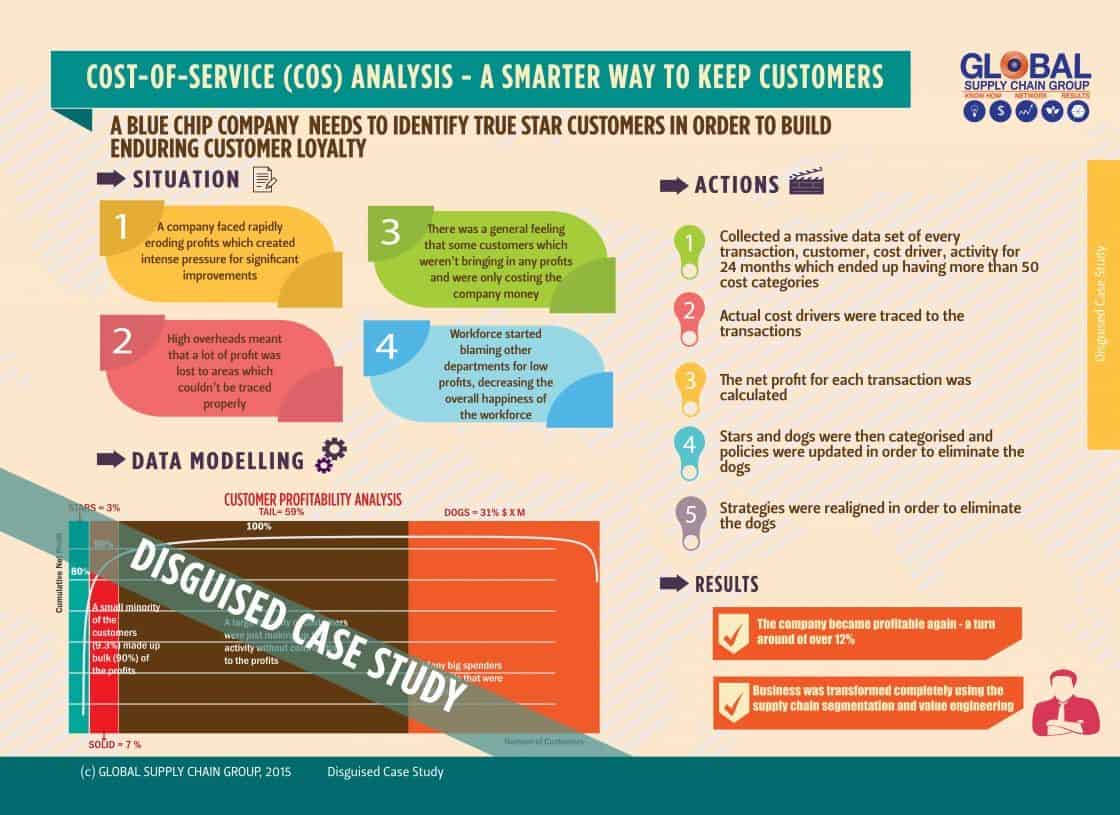
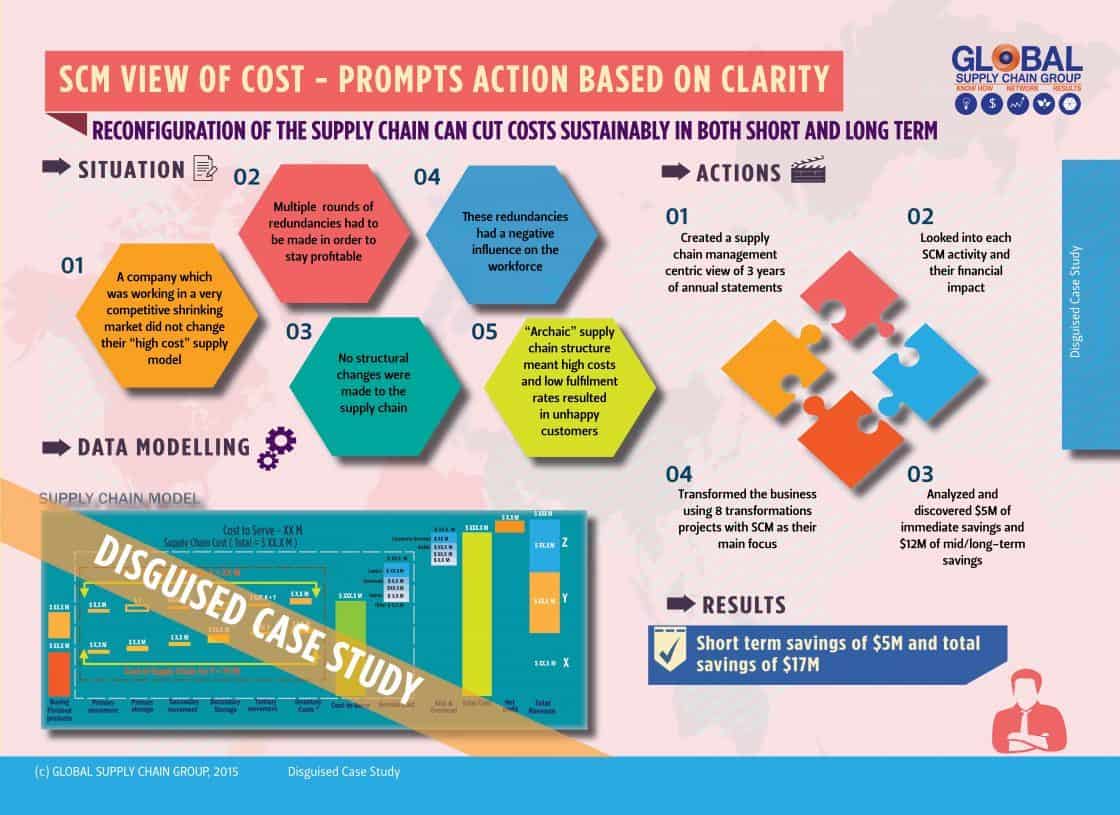
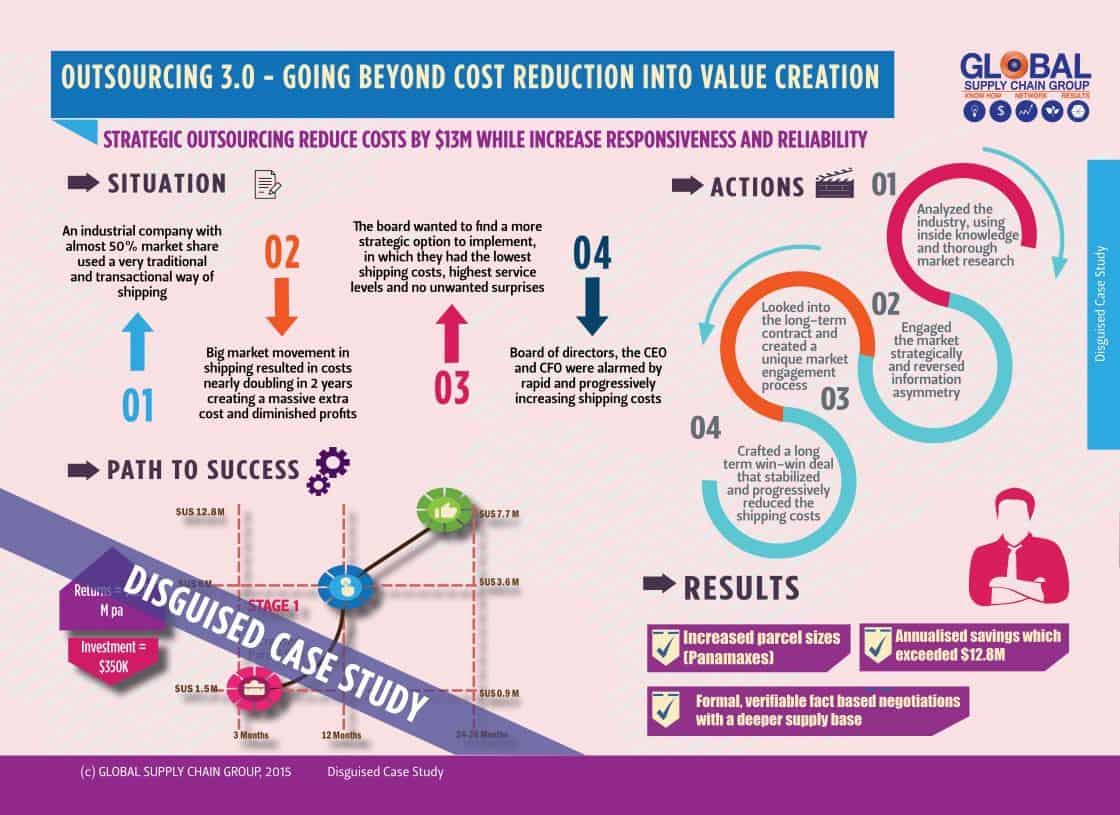
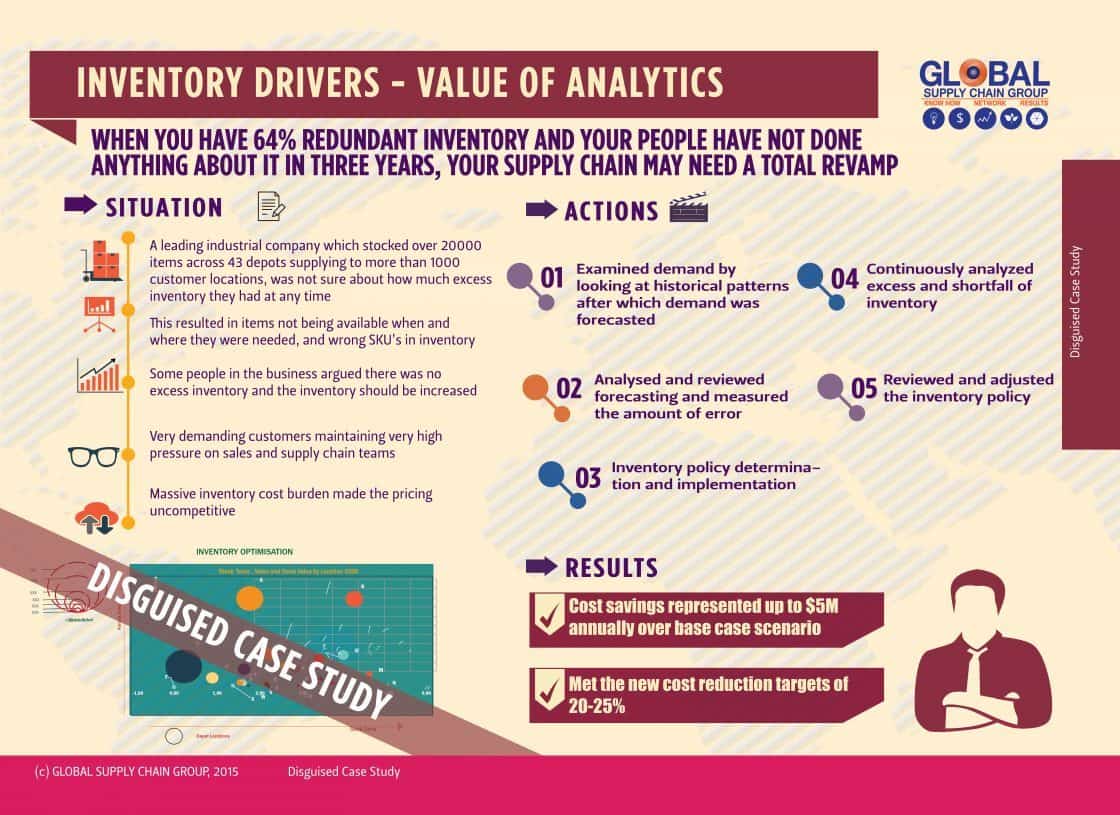
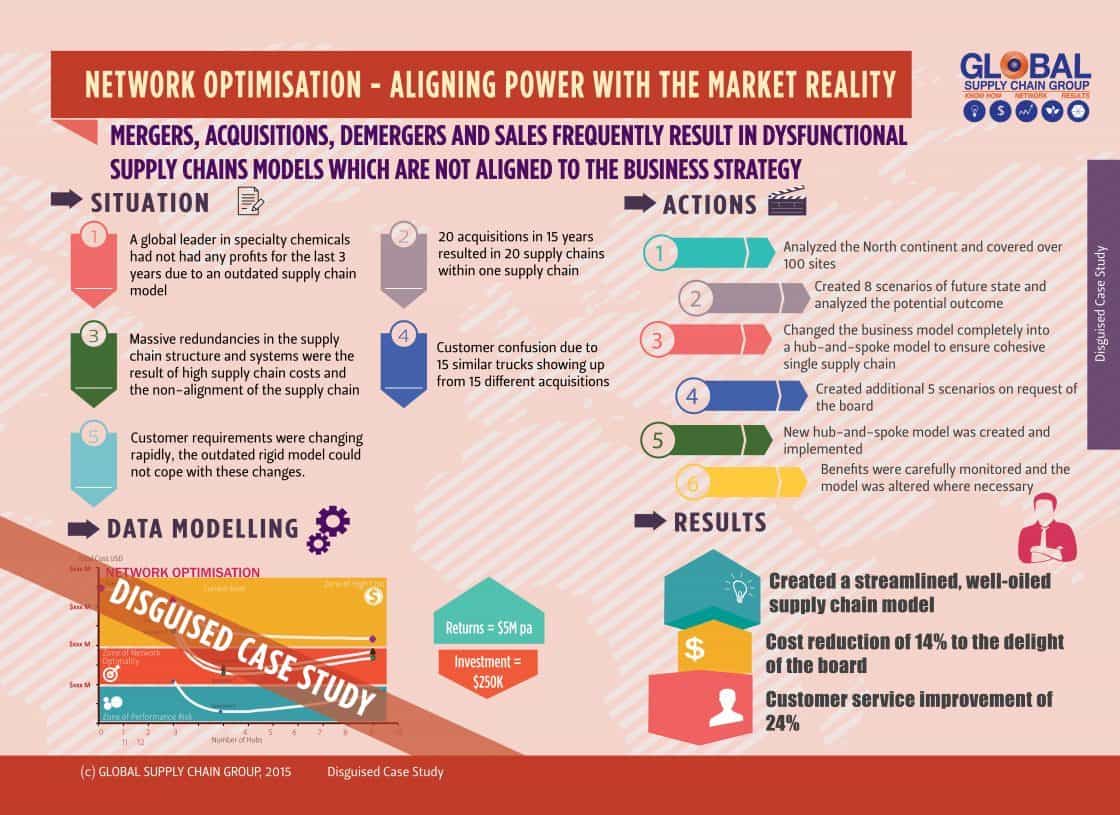
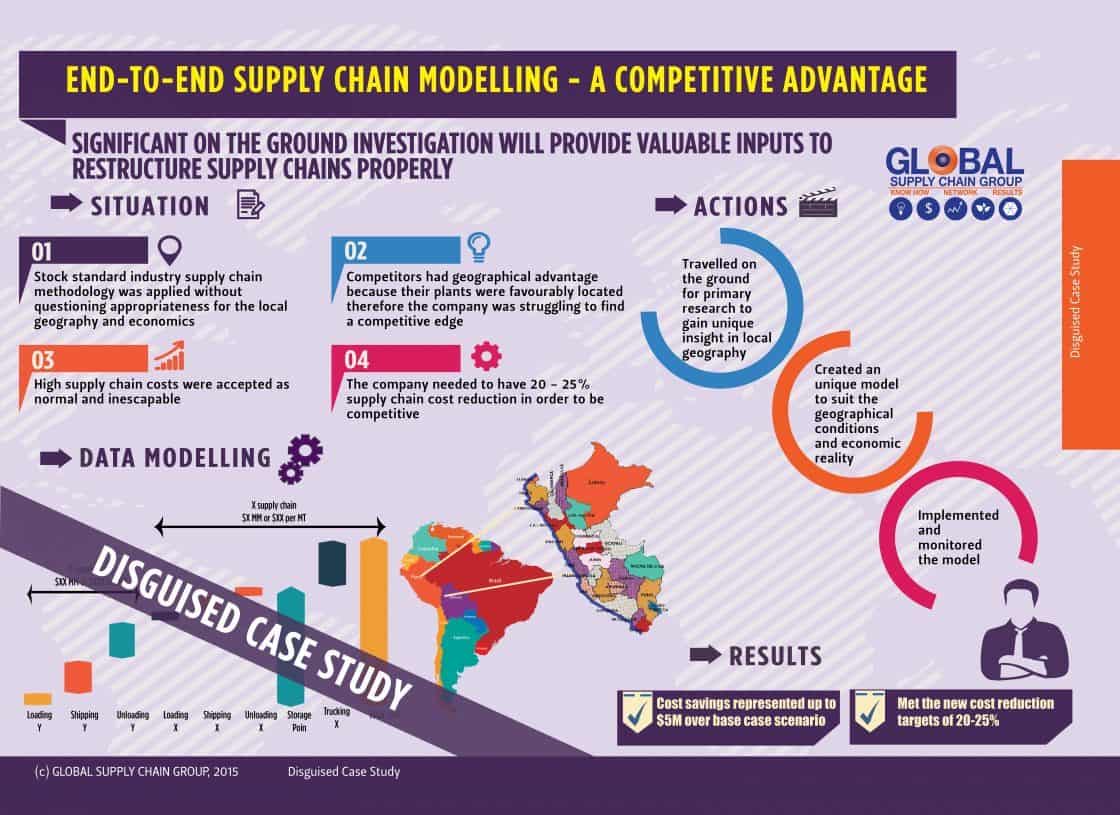
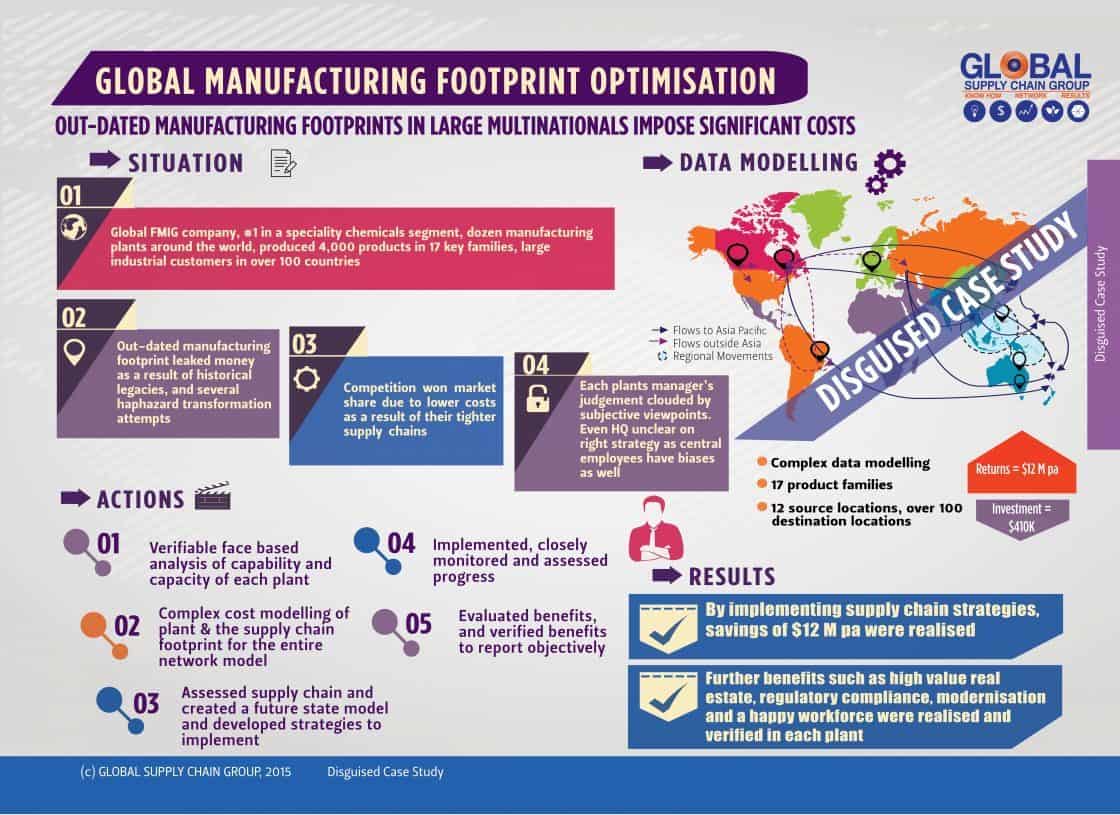
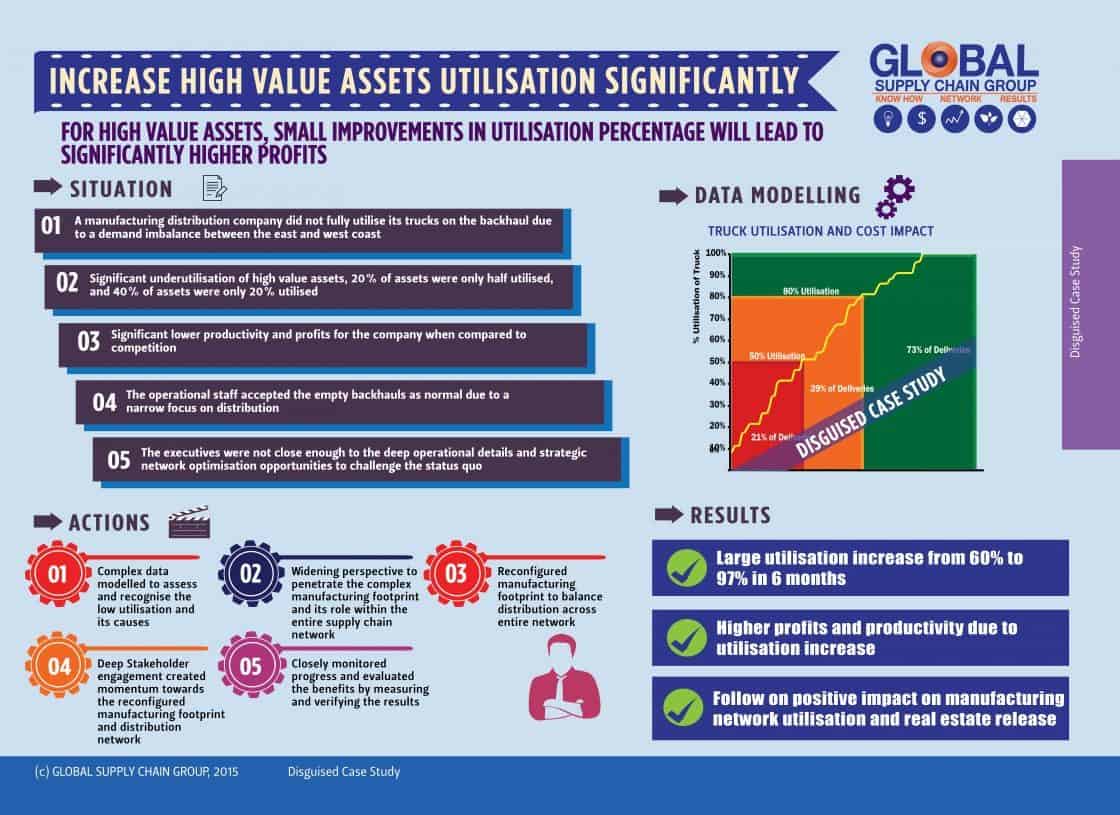
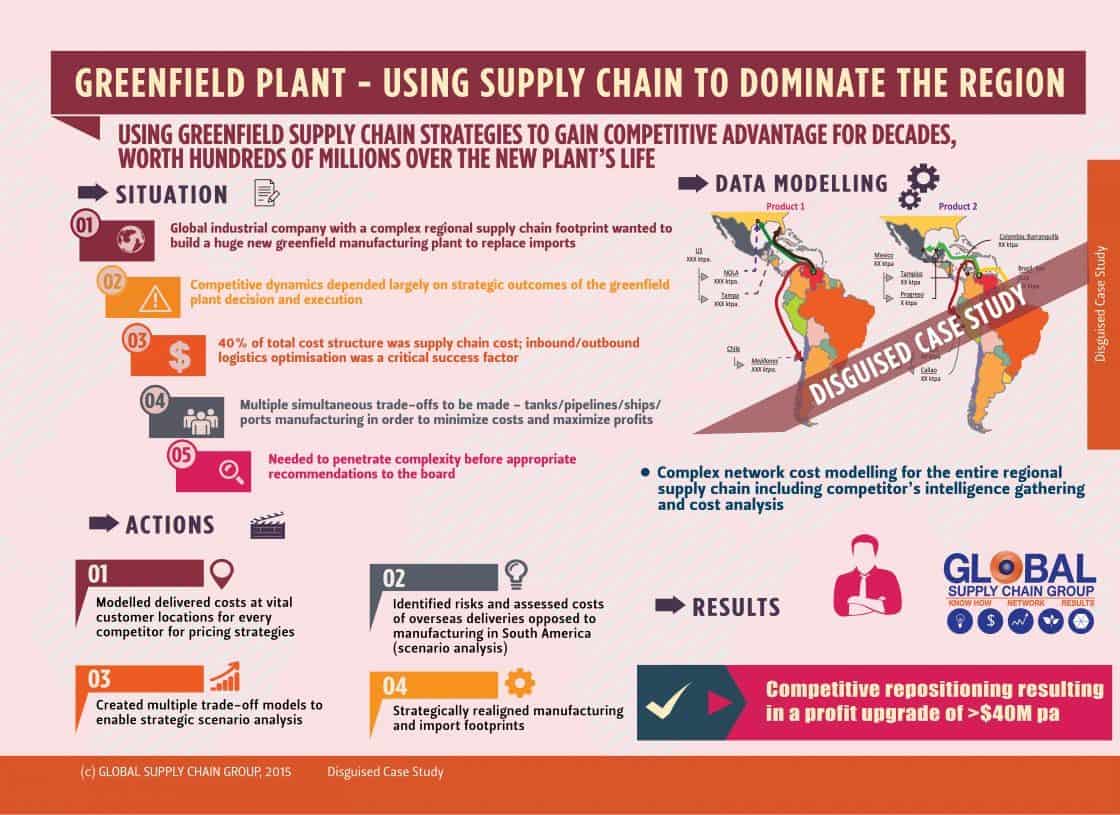
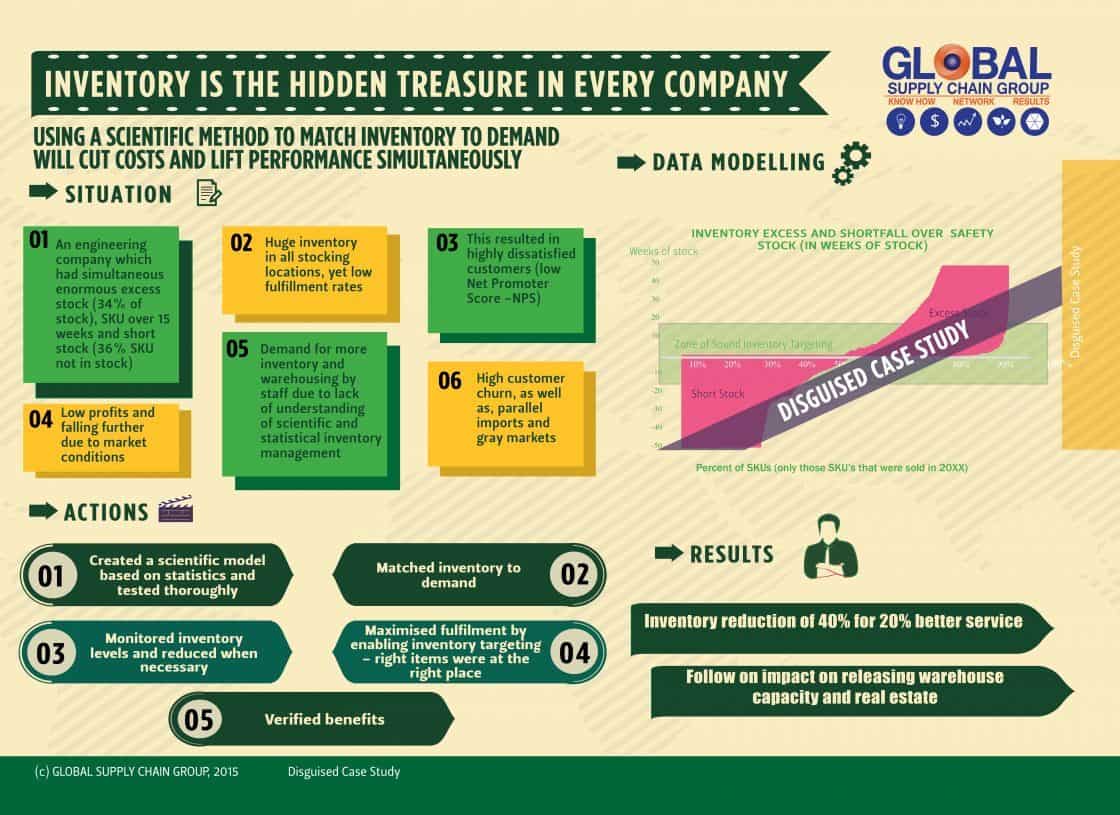
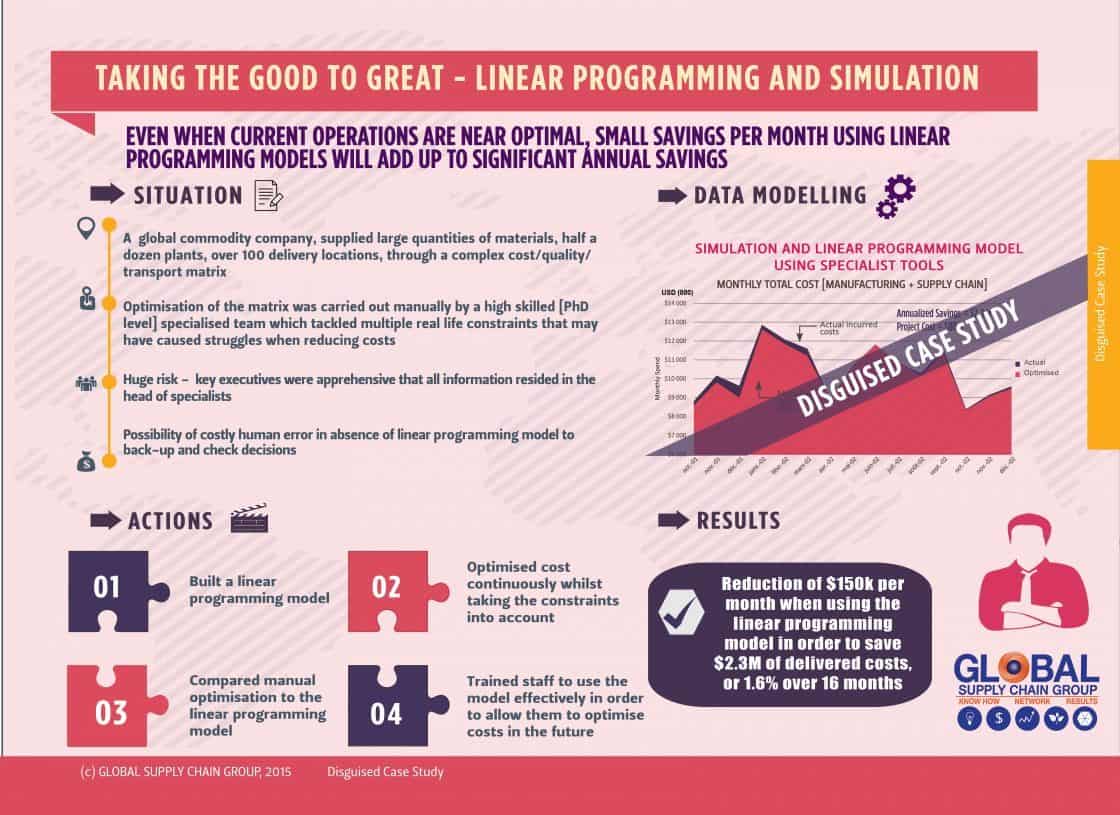
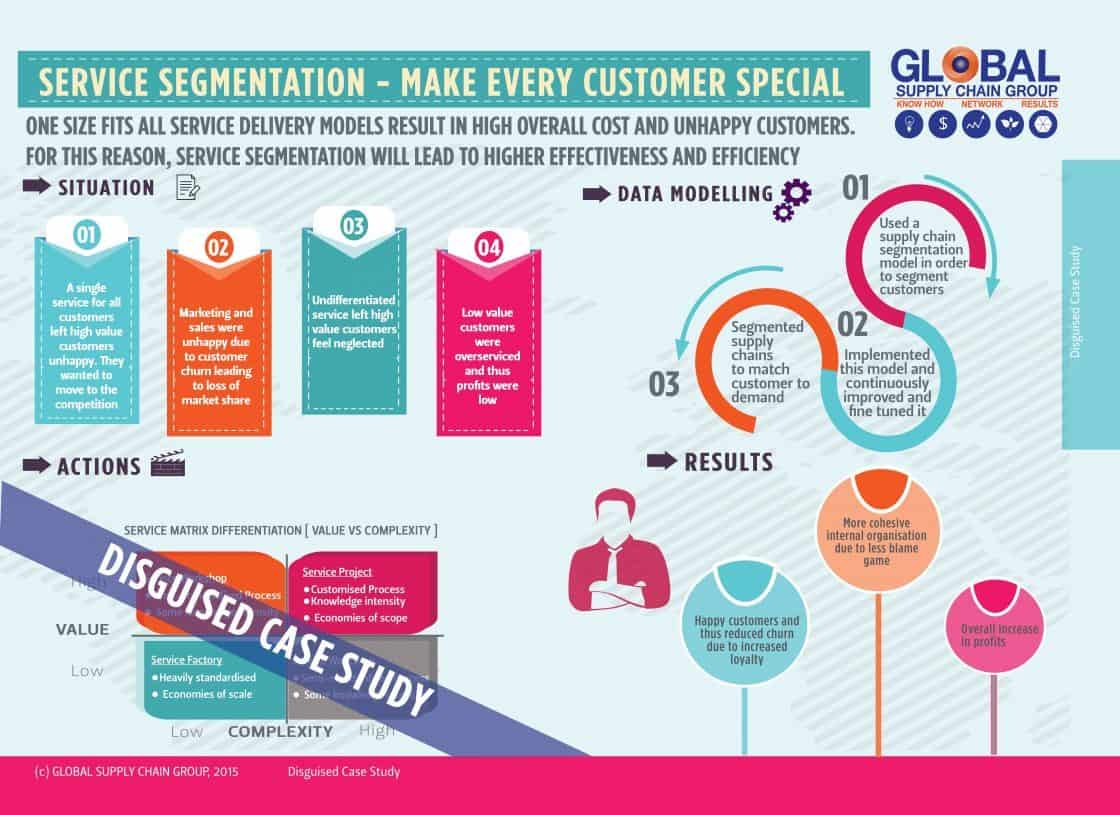
APPLAUSE FOR OUR BOOKS








